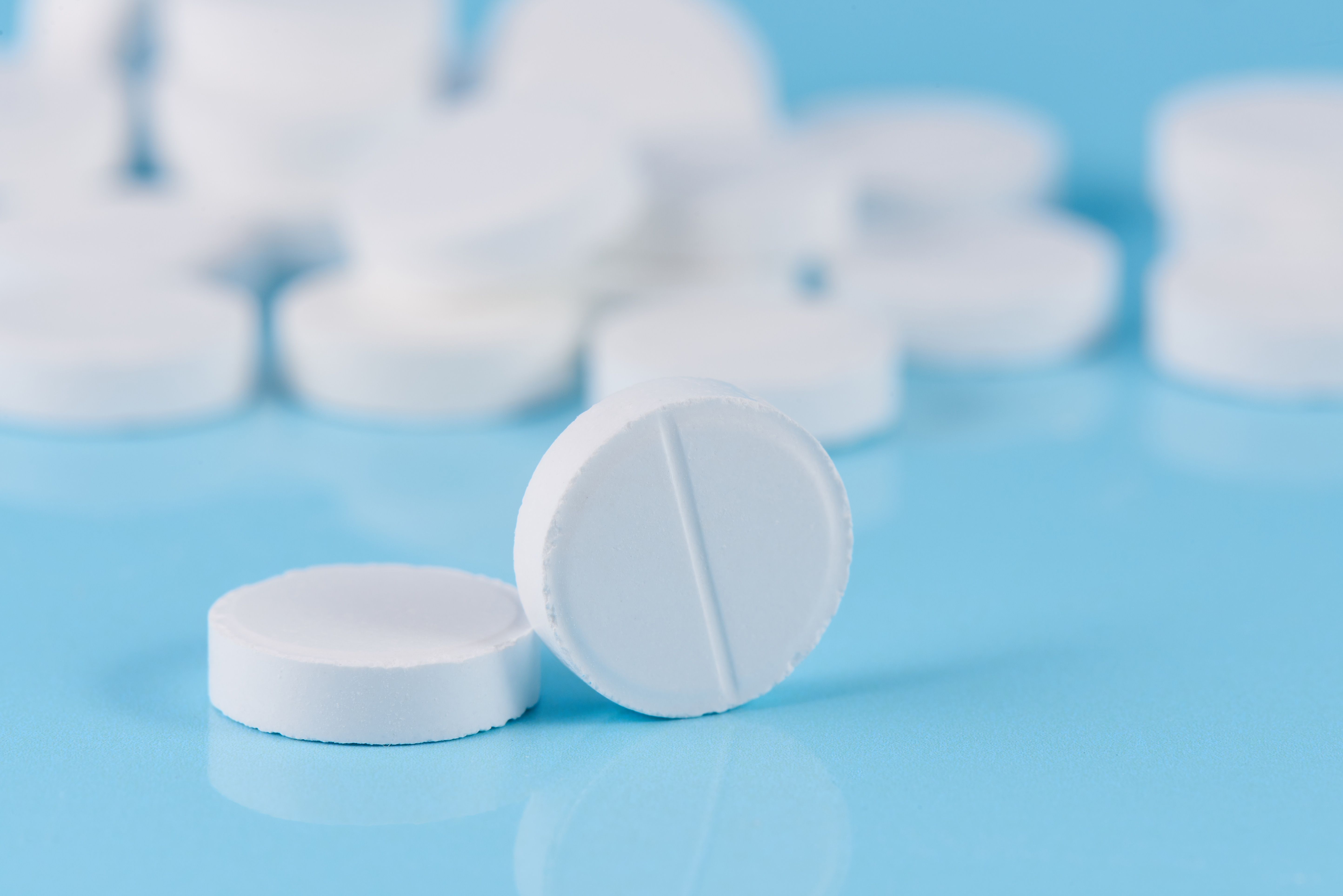- Acne
- Actinic Keratosis
- Aesthetics
- Alopecia
- Atopic Dermatitis
- Buy-and-Bill
- COVID-19
- Case-Based Roundtable
- Chronic Hand Eczema
- Drug Watch
- Eczema
- General Dermatology
- Hidradenitis Suppurativa
- Melasma
- NP and PA
- Pediatric Dermatology
- Pigmentary Disorders
- Practice Management
- Precision Medicine and Biologics
- Prurigo Nodularis
- Psoriasis
- Psoriatic Arthritis
- Rare Disease
- Rosacea
- Skin Cancer
- Vitiligo
- Wound Care
News
Article
Study Underscores Need for More Effective Psoriasis Oral Therapies
Author(s):
Survey responses revealed the rates and times at which patients switched from oral to biologic therapies.
An unmet need for more effective oral therapies for patients with psoriasis persists, according to research published in the journal Dermatology and Therapy.
Authors also called for more research into the reasons behind undertreatment, which could include insurance-related access barriers.
Findings are based on a study that assessed the time at which patients switched from a conventional oral systemic treatment to a biologic treatment. Investigators also collected data on outcomes linked with oral treatments and the number of patients who remained on oral therapy.
“Both shots and pills are effective at treating psoriasis; however, many patients choose to continue taking pills, even if their psoriasis worsens, for reasons including a desire to avoid needles,” the researchers explained.
All patients included in the study had begun treatment with pills. Data were gleaned from the Adelphi Real World Psoriasis Disease Specific Programme survey. Doctors and patients from the United States, France, the United Kingdom, and Germany were included in the analysis.
The survey was carried out between August 2018 and April 2019. By the time of survey completion, 597 patients had been treated with either oral or oral then biologic therapy for at least 3 years. Specifically, “345 were being treated with oral therapies at the time of survey completion, and 252 had switched from a conventional oral systemic treatment to a biologic therapy.”
A total of 222 dermatologists completed the survey, and data showed these findings:
- Around 50% of patients had switched to biologic treatment by 24 months
- 57% to 77% of nonswitchers had at least 3% body surface area (BSA) affected by psoriasis and 16% to 24% had BSA of at least 10% at the time of the survey
- 37% of switchers had BSA of 3% or more affected and just 9% had BSA of 10% or more affected
- In general, nonswitchers reported poor quality life
- Average (SD) Dermatology Life Quality Index scores for nonswitchers meeting treatment failure criteria, nonswitchers not meeting failure criteria, and switchers were 6.11 (4.55), 2.62 (3.29), and 2.25 (4.23), respectively
Eighty-five percent of switchers said treatment failure was their main reason for beginning biologic treatment. Those with more severe psoriasis had a higher rate of switching compared with patients with mild psoriasis.
The rate of switching was also higher within the first year, while “patients who used apremilast switched to biologics at a higher rate compared with patients who used other oral therapies,” the authors wrote.
In addition, a lower proportion of German patients switched therapies compared with patients in the other included countries. This may be due to different treatment guidelines between countries. In the future, more studies could assess the effects of country-specific treatment practices, the authors said.
“The large affected BSA in patients who persisted on oral therapies and did not switch to a biologic treatment indicates that these patients could be undertreated or that they have a preference for remaining on an oral therapy despite suboptimal treatment,” the researchers explained.
The cross-sectional and retrospective nature of the analysis means results cannot be used to determine causal associations, marking a limitation to the study. Physicians and patients who completed the survey may also not be representative of the wider psoriasis community.
Overall, “there is a clear unmet need for more effective oral therapies, as well as a need for additional research exploring the reasons why patients remain undertreated, such as patient preference for an oral treatment (despite a lack of response), medication contraindications, or insurance- and/or formulary-related barriers to access,” the authors concluded.
Reference
Thai S, Barlow S, Lucas J, et al. Suboptimal clinical and quality of life outcomes in patients with psoriasis undertreated with oral therapies: international physician and patient survey. Dermatol Ther (Heidelb). Published online May 31, 2023. doi:10.1007/s13555-023-00927-x
[This article was originally published by our sister brand, AJMC.]












